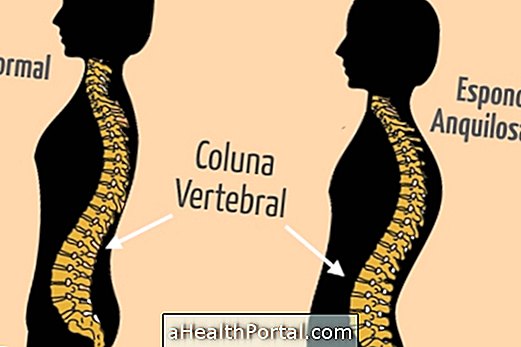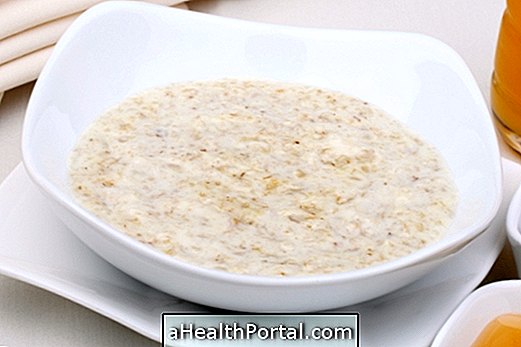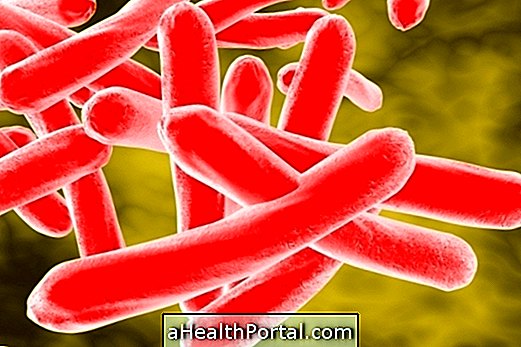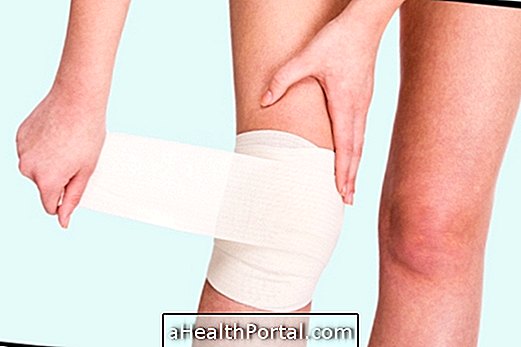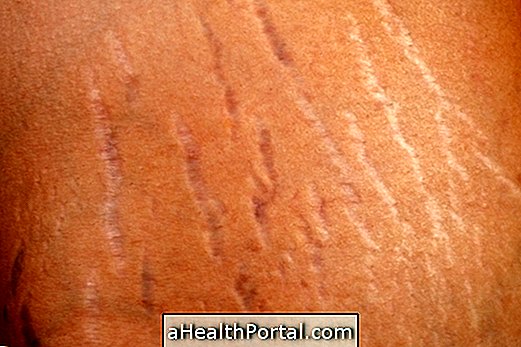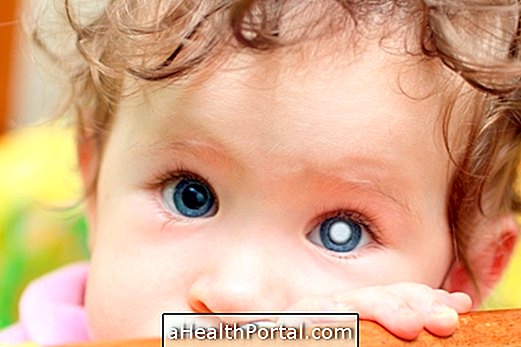The slap disease is a viral infection of the skin that manifests symptoms of red lesions on the face as if the patient had been slapped on the face. This disease is more common between 2 and 14 years, being more frequent in the spring.
Infectious Erythema, which is the correct name for slap disease, is caused by Parvovirus B19 . This disease that is a human parvovirus is also known as megaloeritis, fifth disease or clown disease because of the red mark on the face.
When a person discovers that he is infected with the virus because he has the lesions, it does not make sense to stop him from attending classes or going to work, because the stage in which the lesion appears is no longer contagious.
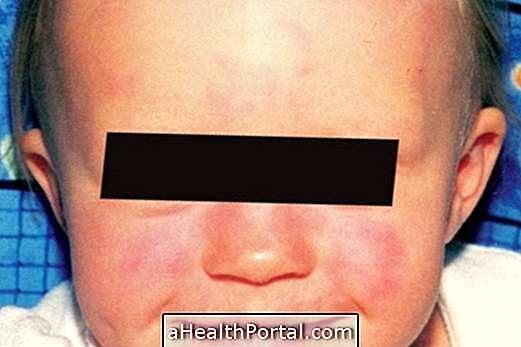
Slap Disease Contagion
The contagion of the disease of the slap occurs mainly by the contact with the respiratory secretions. To reduce the transmission of this disease, good hand washing should be practiced.
When the rash appears on the skin, the discomfort has disappeared and at this stage the patient no longer presents danger of infection.
Slap Disease Symptoms
The most common and often unique symptom of slap disease is the rash that leaves the cheek with a reddish spot, but this disease may also have other symptoms, such as:
- General malaise;
- Nausea;
- Muscle aches;
- Arthritis
- Headache;
- Fever.
Two to seven days after contact with the virus begins to appear a red spot on one cheek or both. In adults the disease can cause mild joint pain and the inflammatory lesions can be permanent or appear and disappear for weeks or months.
In addition to the mark of the face slap, in many cases the spot creates papules and extends to the back, belly, arms and legs.
Sickness in Pregnancy
Picking up slap disease in pregnancy is dangerous and can lead to the baby's death by fetal hydrops, which is the accumulation of fluid in at least two different sites of the uterus, resulting in the developing fetus being swollen or causing acute anemia in the baby.







